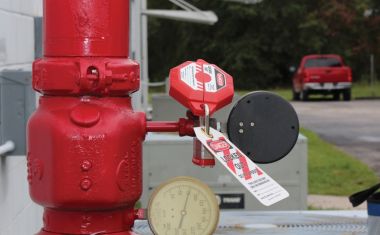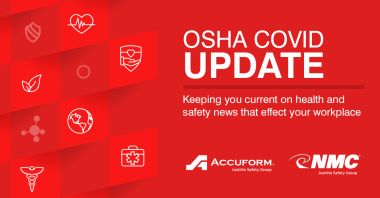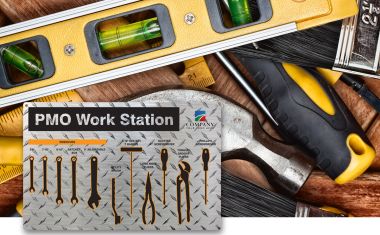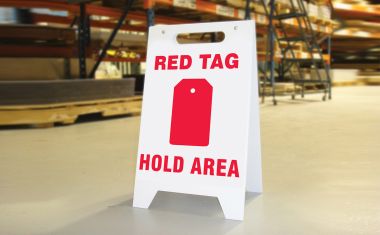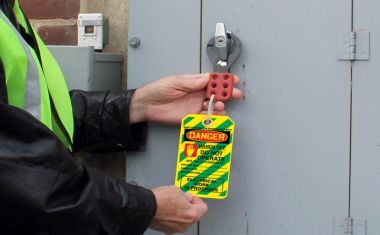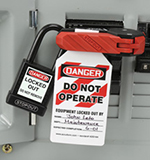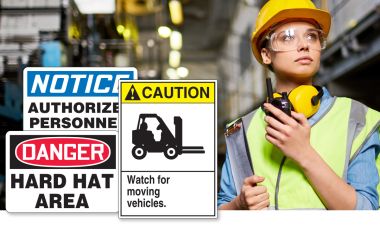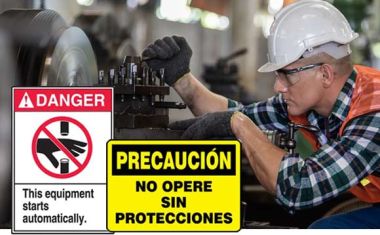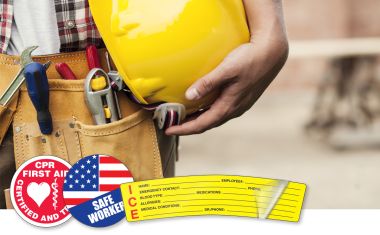DOT Labeling Requirements and Updates You Need to Know
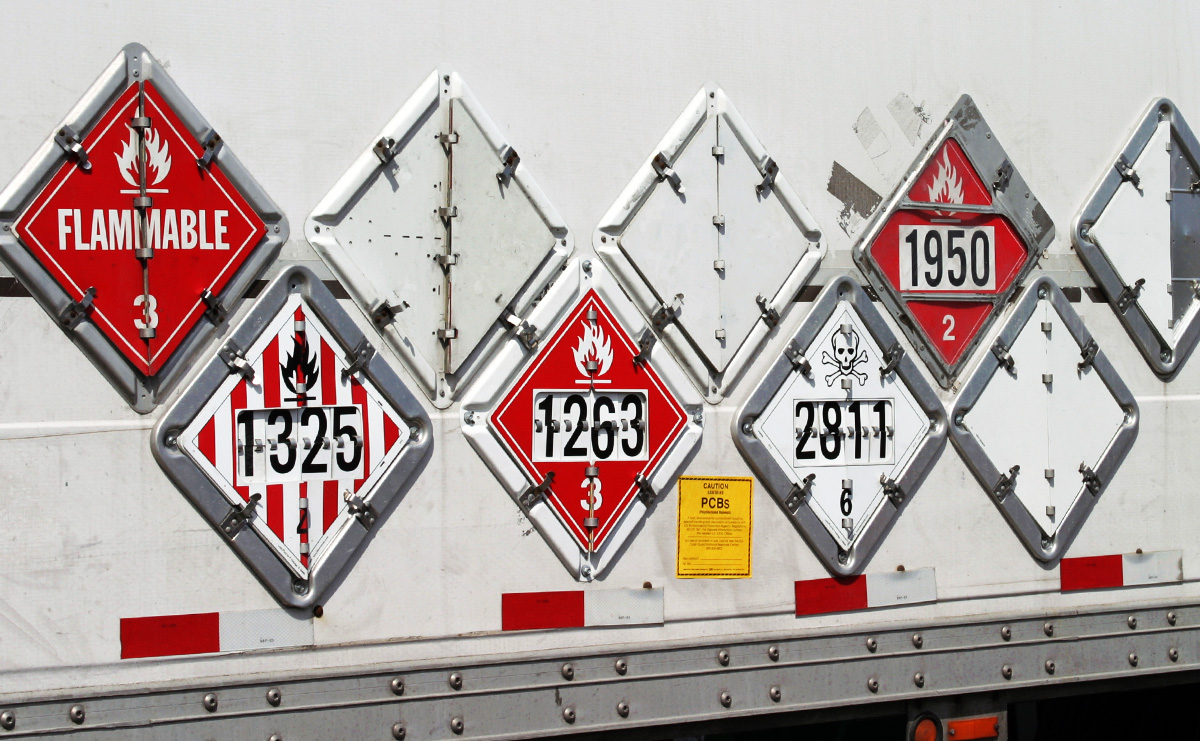
To protect transportation providers and motorists, the Department of Transportation (DOT) requires the use of shipping markings, labels, and placards to ensure the safe handling of hazardous materials.
Drivers transporting dangerous goods are required to identify hazardous contents to protect people sharing the road with them - including first responders. Title 49 of the Code of Federal Regulations specifies in §172.504(a) that “each transport vehicle and freight container containing any quantity of a hazardous material must be placarded on each end and each side.” Current DOT labeling requirements also include placard requirements as described in Tables 1 and 2 of §172.504.
The DOT labeling rules include the proper identification and classification of hazardous materials during transporting and shipping. These regulations (HM-181 & HM-206) can be further explored on The U.S. Department of Transportation website.
The Hazardous Materials Marking, Labeling, and Placarding Guide recently made changes per Pipeline and Hazardous Materials Safety Administration (PHMSA) to DOT Chart 16:
- Effective December 31, 2018 - Addition to the Lithium Battery (Class 9) handling marking old and new, and the transition date of for the old version.
- Effective January 2019 - Addition of the Class 9 Label for Lithium battery handling.
- Replacement of the yellow Organic Peroxide 5.2 Placard with red and yellow Organic Peroxide 5.2.
The DOT labels and placards identify the material within the proper classification. For complete information on labeling regulations, see 49 CFR, Part 172, Subpart E, or view the information here.
What are the nine hazard classifications used for identifying dangerous materials in transport vehicles?
DOT labeling requirements refer to nine main hazard classifications. Each category has mandated color schemes, symbols, words, and numbers to identify the hazardous material. These DOT hazard labels and placards are printed in a square diamond format.
The nine hazard classifications are:
- Hazard Class 1 = Explosives and Blasting Agents
- Hazard Class 2 = Gases, Poison, Flammable, and Non-Flammable
- Hazard Class 3 = Flammable Liquids
- Hazard Class 4 = Flammable Solids
- Hazard Class 5.1 = Oxidizer
- Hazard Class 5.2 = Organic Peroxide
- Hazard Class 6 = Poisonous and Infectious Substances
- Hazard Class 7 = Radioactive
- Hazard Class 8 = Corrosive
- Hazard Class 9 = Miscellaneous Dangerous Goods
Are drivers required to be trained on specific hazards prior to transporting them?
According to Pipeline and Hazardous Materials Safety Administration (PHMSA) officials, the requirements to have a hazardous materials endorsement (HME) on your commercial driver’s license are triggered by placarding. PHMSA requires yearly registration for anyone who offers or transports hazardous materials.
Additionally, transporters of class 9 hazmat must receive hazmat training. Per the Environmental, Health, and safety (EHS), the training must include general awareness, function-specific, safety, and security awareness training under PHMSA regulations as well as driver training in the applicable Federal Motor Carrier Safety Administration (FMCSA) regulations and the procedures necessary for the safe operation of motor vehicles.
How can drivers obtain hazardous materials endorsements on their CDLs?
The Transportation Security Administration handles the issuance, transfer and renewal of hazardous materials endorsement for most state-issued commercial driver’s licenses. You can start the application process online or at an application center. You will need to undergo fingerprinting and present the required documentation.
Most HMEs are valid for five years. However, drivers may need to apply more often in some states depending on when their CDLs expire. Anyone transporting hazardous materials as placarded by DOT labeling requirements must still register yearly with the PHMSA. Check the PHMSA website for additional information about registration requirements.
Some states, such as Maryland and Florida, require drivers to apply for their HMEs at their local Department of Motor Vehicles agencies. You can explore more details about HME regulations on the TSA website.
How can a driver receive hazmat training?
The PHMSA explains that hazmat training must be provided by employers to anyone transporting hazardous materials. This mandate is triggered by placarding outlined in DOT labeling requirements. The PHMSA also requires employers to certify employees’ training plus keep accurate records of their training. Self-employed drivers and owner-operators may train themselves as long as they comply with 49 CFR §172.704.
The PHMSA specifies that new employees must be trained within 90 days of hire. Meanwhile, it also mandates recurrent training every three years. More information is available in the PHMSA’s handbook on hazmat training requirements.
Please note: The PHMSA document is for general guidance only and should not be used to determine compliance with 49 CFR, Parts 100-185.
